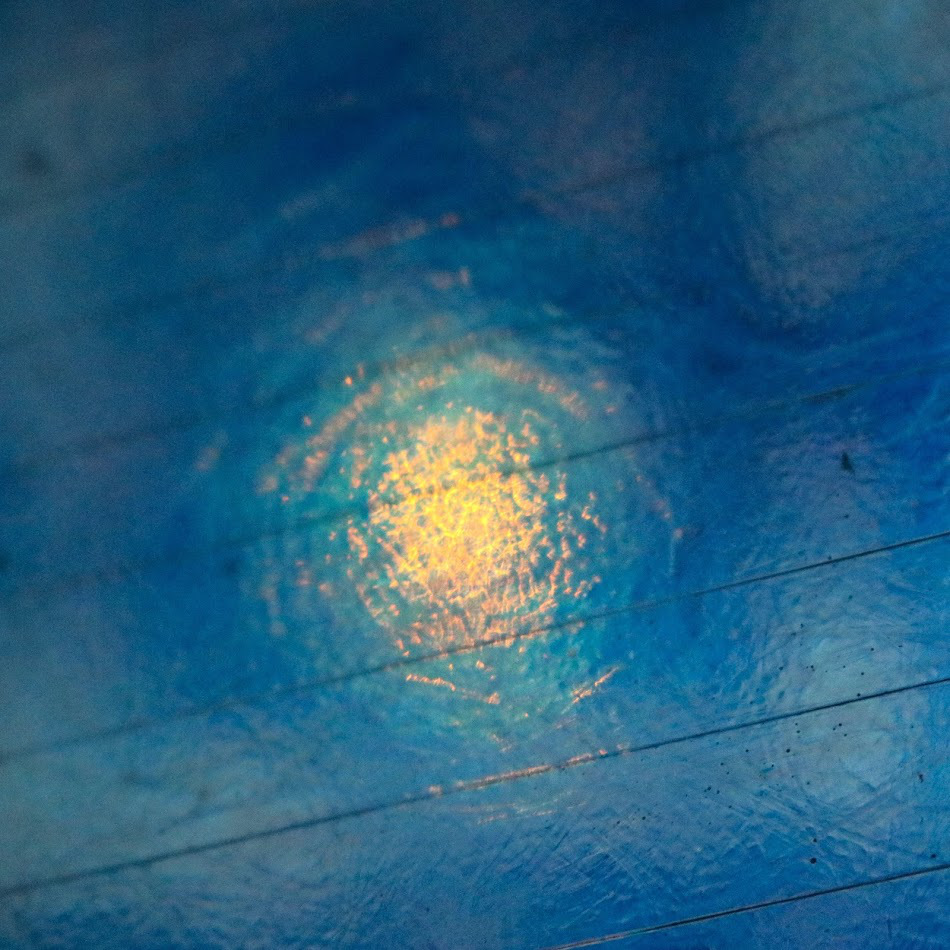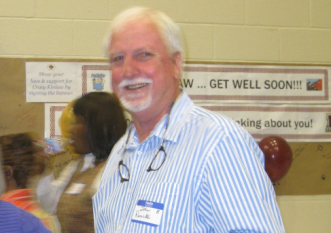 View of the moon through the outhouse window, Mallard Island
View of the moon through the outhouse window, Mallard Island
Music is not one of my creative outlets, but I was still enchanted by Rachel Joyce’s new novel, The Music Shop. The protagonist, Frank, is somewhat of a social misfit and non-conformist. The year is 1988, and he owns a music shop devoted strictly to vinyl records. He refuses to branch into selling CDs: “You see why you will never get me to sell CDs? We are human beings. We need lovely things we can see and hold. Yes, vinyl can be a pain. It’s not convenient. It gets scratched. But that’s the point. We are acknowledging the importance of music and beauty in our lives. You don’t get that if you’re not prepared to make an effort.”
His neighborhood is facing the threat of gentrification and development, with shops closing one after another. Frank is able to hang on, barely, without a business plan, largely because of his unique gift: he can find the right record for almost every customer — “I know it’s not what you want, but trust me, today it’s what you need.”
His matchmaking gift is reflected in how he arranged his records: “[Frank] arranged them carefully in boxes; not by genre, or letters of the alphabet, but more instinctively. He put Bach’s Brandenburg concertos, for instance, beside Pet Sounds by the Beach Boys and Miles Davis’s Bitches Brew — (‘Same thing, different time,’ he said.) For Frank, music was like a garden — it sowed seeds in far-flung places. People would miss out on so many wonderful things if they only stuck with what they knew.”
The book is full of wonderful insights on a diverse selection of music. Here are some examples:
Aretha Franklin’s Spirit in the Dark: “Sometimes all that people needed was to know they were not alone.”
Beethoven’s Symphony No. 5: “Music comes out of silence and at the end it goes back to it. It’s a journey. . . . And of course the silence at the beginning of a piece of music is always different from the silence at the end. . . . Because if you listen, the world changes.” He goes on, “There is silence inside music, too. It’s like reaching a hole, you don’t know what will happen next. . . . Silence is where the magic happened.”
The Four Seasons by Vivaldi: “There will be wind and rain and a storm. There will be birds and flies, and a day so hot you can hardly move. There will even be a cuckoo and a sheepdog.”
Bach’s Concerto for Two Violins in D Minor: “. . .the music worked like a conversation. Sometimes the violins were telling the same story, and sometimes they were having an argument; first, one led the way, then the other. They might be so close they were like a piece of braid, or so far apart they had to call for one another across the dark. . . . Bach’s Concerto for Two Violins was about learning to be two halves of a whole.”
Perotin’s sacred music Beata Viscera: “. . . it’s like going for a trip in the sky. . . . it feels like stepping onto a bird’s back. The moment it starts, you’re flying. It takes you up, it sweeps you down, and then it lifts you so high you’re a pinprick in the sky. . . . Every time you see a bird, you’ll think of this.”
Tosca: “It’s not a ride to heaven, we’re going to hell.”
“Dido’s Lament” by Henry Purcell: “This is what it sounds like when a heart breaks.”
The novel is more than just a discourse on the stories behind music. It’s also a story of love and heartbreak. But the descriptions of music draw you in. The story reaches a climax with a flash mob singing the Alleluia Chorus in a food court. (You can go to YouTube to see several real-life renditions of flash mob Alleluias like this one here.) Thankfully, the publisher, Random House, has put together a playlist of the music mentioned in the novel, and you can access it at bit/ly/TheMusicShopPlaylist.
The novel will be released on January 2, 2018, and if you are looking for something to read in the new year, I recommend The Music Shop.
Advertisements Share this:





